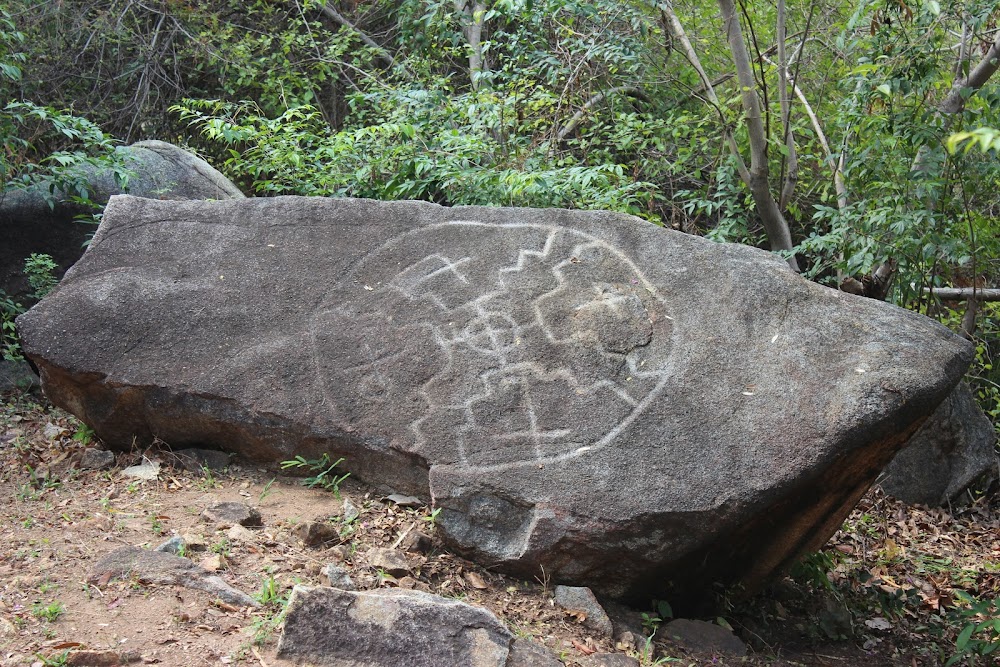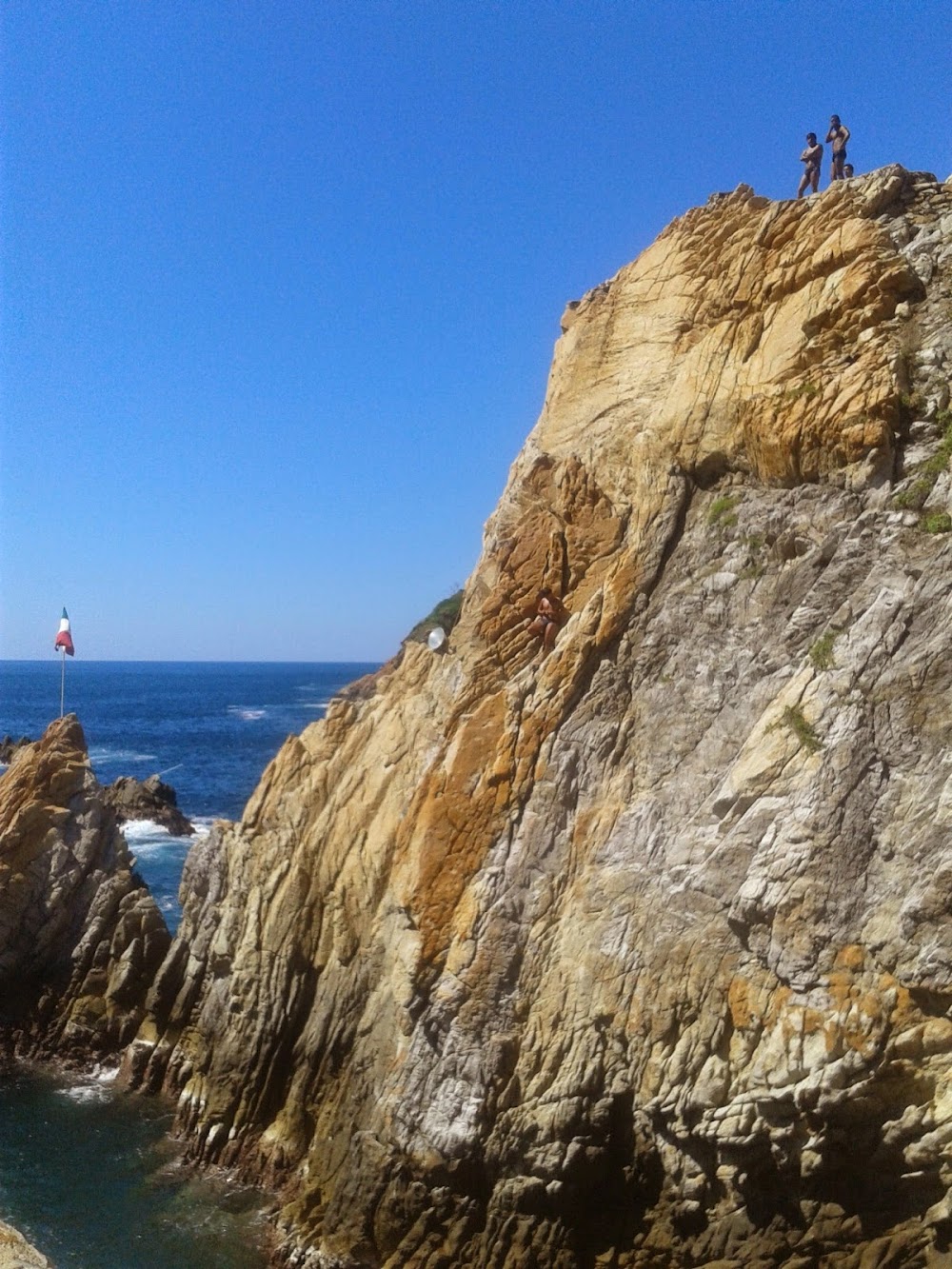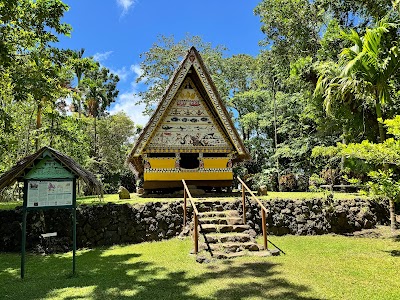Santa Prisca Church (Iglesia de Santa Prisca)
Overview
The Santa Prisca de Taxco, often referred to simply as Santa Prisca Church, is a breathtaking example of Mexican Baroque architecture located in the charming city of Taxco, Guerrero, Mexico. This magnificent church stands as a testament to the town’s vibrant history and the wealth generated by 18th-century silver mining, reflecting the prosperity that once flourished in the area.
Constructed between 1751 and 1758, Santa Prisca was commissioned by José de la Borda, a wealthy silver magnate who prospered from the rich mines of Taxco. Motivated by his deep Catholic faith and a desire to give back to the community that had brought him success, Borda funded the church’s entire construction. At that time, Taxco was a thriving mining hub in New Spain, and Santa Prisca was intended to symbolize the town’s affluence.
Renowned architects Diego Durán and Cayetano Sigüenza were responsible for the design and oversight of the church’s construction. Their artistic vision resulted in an impressive Baroque-style structure adorned with intricate details, making Santa Prisca one of the most significant architectural feats of its era.
The church is particularly notable for its grand twin towers, characteristic of Baroque ecclesiastical architecture. These towers are richly decorated with sculptures and carvings, creating a stunning visual impact. The exterior is clad in cantera rosa, a pink volcanic stone that enhances its majestic allure.
Inside, the beauty of Santa Prisca continues to captivate visitors. The main altar is dominated by a glistening gold altarpiece, crafted by Isidoro Vicente and a team of skilled artisans. This stunning altarpiece, adorned with gold leaf, features religious iconography, including statues of saints and intricate floral motifs, showcasing the extraordinary craftsmanship of the period.
Santa Prisca also boasts nine chapels along its lateral sides, each dedicated to a different saint. These chapels are filled with beautiful paintings, religious artifacts, and ornate gilded altars. The church’s main dome, striking from both the inside and out, allows natural light to flood the sanctuary, illuminating its exquisite details and creating a serene, heavenly atmosphere.
One of the church’s most remarkable features is its elaborate Churrigueresque retablo (altarpiece). This intricately decorated work is characterized by its excessive ornamentation, a hallmark of the Churrigueresque style that thrived in 18th-century Mexico. It serves as a stunning example of the cultural fusion between European and indigenous artistic traditions that defined colonial Mexican art.
The construction of Santa Prisca was a significant engineering challenge, given the rugged terrain of Taxco, where the church is perched on a hillside overlooking the town. The builders employed innovative architectural solutions to ensure the building’s stability, making it resilient against the region’s seismic activity.
Over the years, Santa Prisca has endured numerous historical events, including various earthquakes, thanks to its robust construction. Careful restorations have maintained its original grandeur, allowing future generations to appreciate its beauty and significance.
Today, Santa Prisca de Taxco is not only a vital place of worship but also a popular tourist attraction. The church plays an essential role in the lives of Taxco’s residents, hosting religious ceremonies and community events. Its impressive architecture and rich history draw visitors from around the globe, inviting them to marvel at its beauty and explore the story of Taxco.
Ultimately, Santa Prisca stands as a profound tribute to the artistic, religious, and cultural influences that shaped Mexico during the colonial era. It remains a beacon of the rich heritage and enduring spirit of Taxco, truly a gem in Guerrero’s crown.









